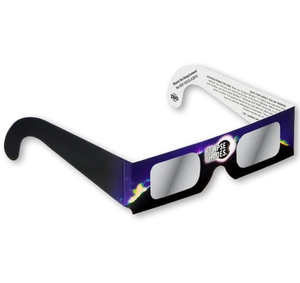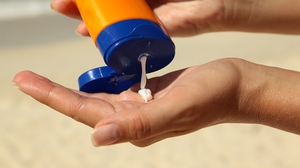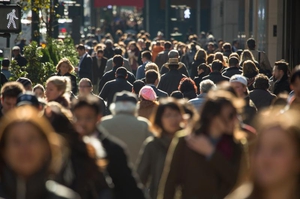Safety
General Information
Safety
It is never safe to look directly at the Sun without specialized eye protection for solar viewing. It is best to use ISO 12312-2 international standard Eclipse Glasses or Handheld Solar Viewers.
Eye Safety for Total Solar EclipsesBelow are some helpful tips to follow during a total solar eclipse.
|
 |
 |
Skin SafetyDuring a partial or annular eclipse, or during the partial phases of a total eclipse, the Sun will still very bright. If you are watching an entire eclipse, you may be in direct sunlight for hours. Remember to wear sunscreen, a hat and protective clothing to prevent skin damage. |
Crowd SafetyHere are some helpful tips for navigating large crowds.
|
 |

